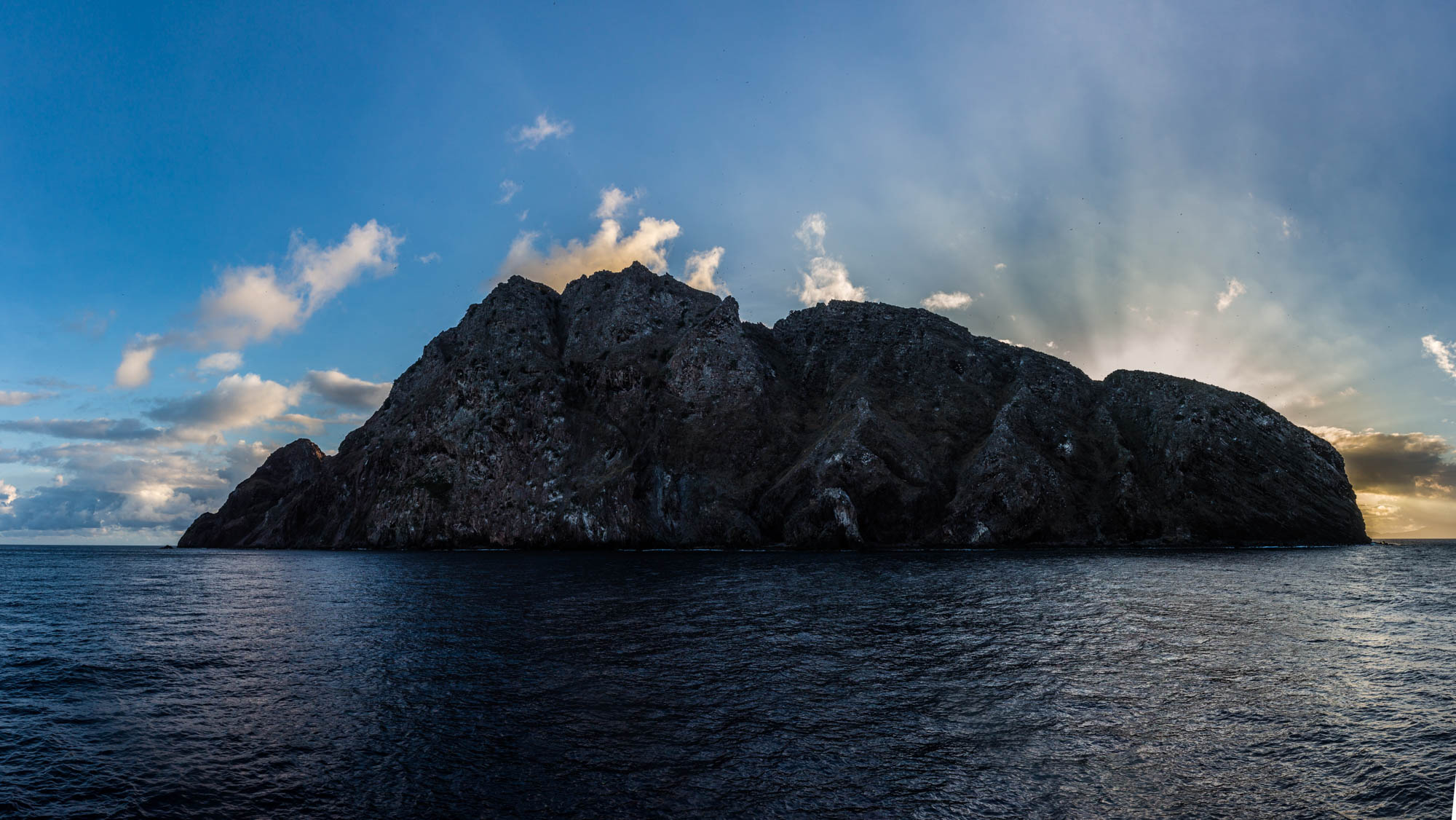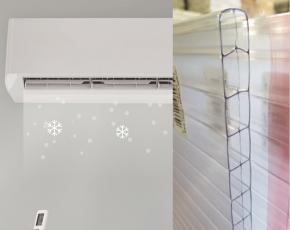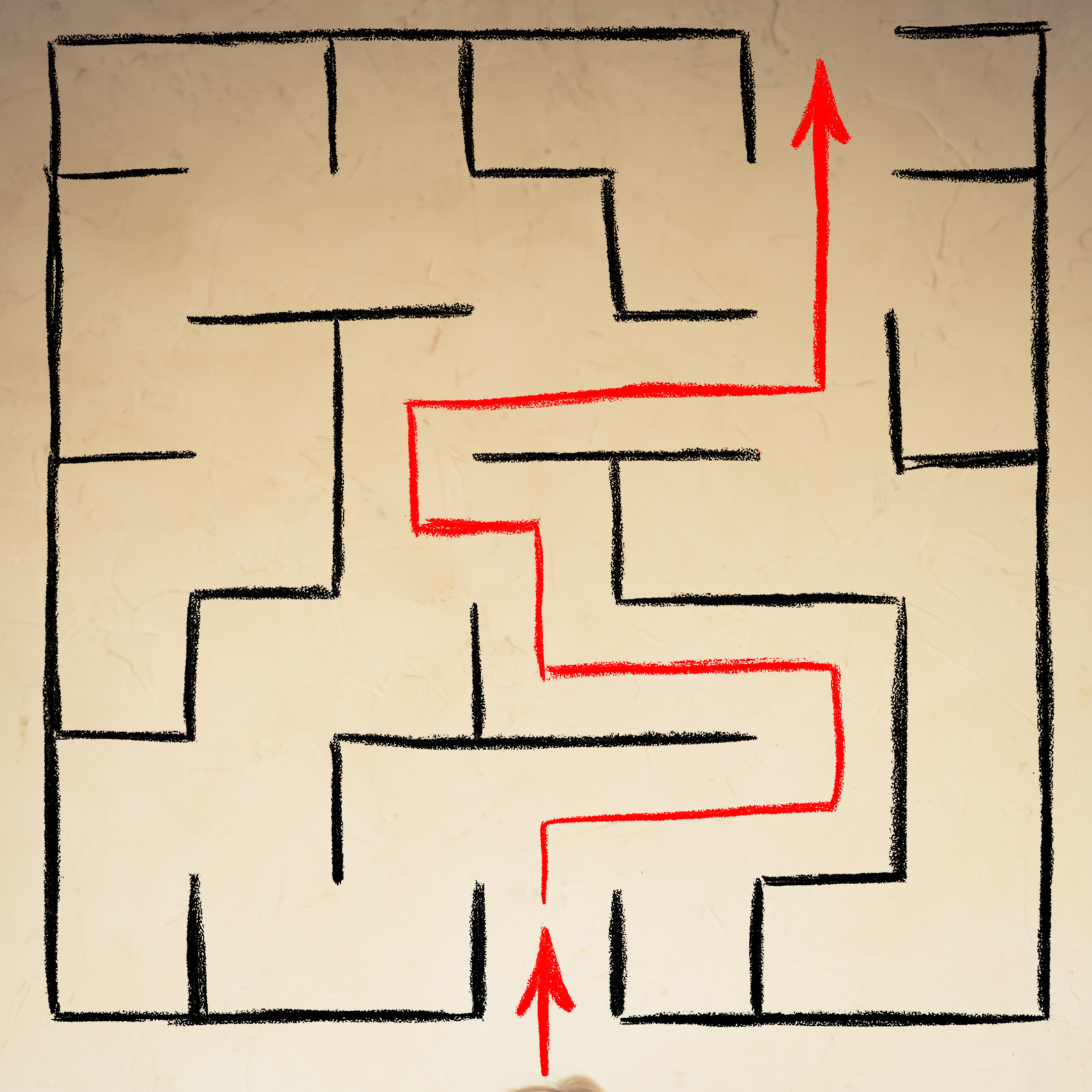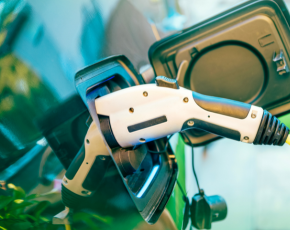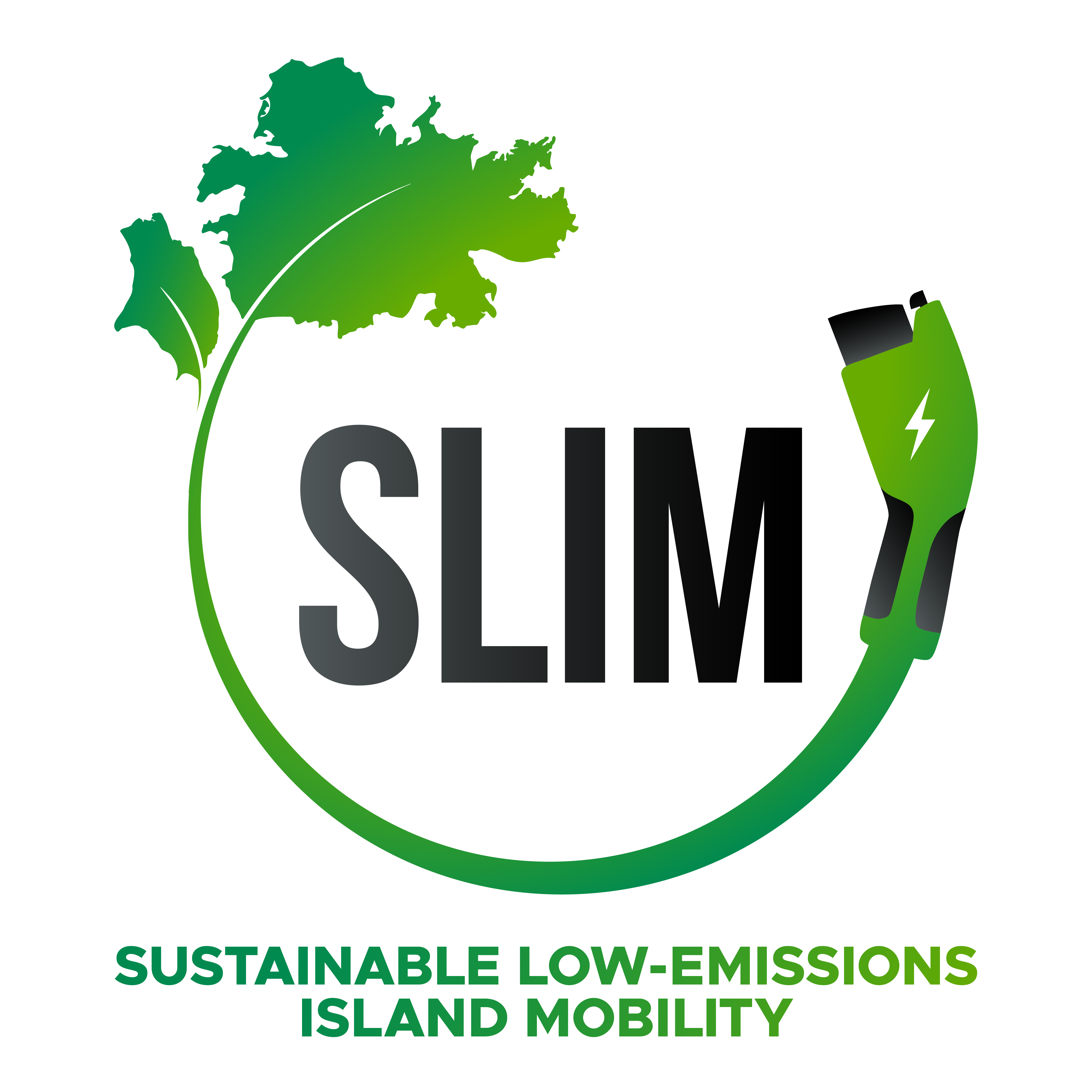An Island in Urgent Need
An ambitious new project aims to restore and protect the mysterious island of Redonda: one of the largest uninhabited ecosystems in the Caribbean and home to unique but rapidly dwindling fauna and flora. Feral goats and predatory black rats have turned this once‐forested island into a lunar landscape, and all of its reptiles, birds and plants face imminent extinction. Independent panels have identified Redonda as the top priority Caribbean island to restore owing to its threatened endemic animals and plants, its globally important seabird colonies, and its excellent prospects of lasting success. FFI and our partners propose to remove all of the rats and goats and secure the protection of Redonda as a special nature reserve for indigenous biodiversity, preserve its important historical values, and facilitate its use and enjoyment by present and future generations.
Rugged , remote and rich in wildlife
Surrounded by imposing cliffs, Redonda lies 56 km Southwest of Antigua and 23 km from Montserrat. It is the peak of an extinct volcano, 1.5 km in length and protruding 296 m above the sea. Redonda supports many rare and unique animals and plants of both national and global importance. This island has been internationally declared an Important Bird Area due to its globally significant nesting seabirds including brown boobies, masked boobies, red‐footed boobies, magnificent frigatebirds and red‐billed tropicbirds.
Redonda also has endemic species that occur nowhere else, including at least five species of reptiles, such as the all‐black Redonda ground dragon and a new-to-science form of the dwarf pygmy gecko. Deep waters around Redonda form important feeding grounds for pelagic fish, including sharks, and foraging sea turtles. Unfortunately, a number of species have been lost, including an endemic burrowing owl, and all of the remaining native animals and plants are at high risk of becoming extinct.
A colourful past
“Santa María la Redonda” was named by Columbus in 1493, who claimed it for Spain. The island was later transferred to the British Crown and became a thriving mine from 1865 to 1914, with around 7,000 tonnes of seabird guano harvested annually. The mining community was disbanded in World War I, abandoning their characterful stone buildings and railway to the elements. In 1967 Redonda became a dependency of Antigua & Barbuda.
The island may have briefly been a micronation in the 19th century. It was claimed by the Montserrat‐born writer Matthew Phipps Shiel, under the name King Felipe I, who later passed his crown to an English poet. Today, at least two persons considers themselves King of Redonda and dozens of individuals have been ‘knighted’ as Redondan peers; many of them prominent British and American writers, actors and broadcasters.
Why is Action Needed?
Redonda is dying. Its vegetation cover has dwindled and dozens of plant and animal species have vanished, with further losses still continuing today, almost 100 years after the miners left. Only a handful of elderly trees remain, with no new saplings surviving to replace them. Whenever it rains, precious soil is rapidly washed down to choke the fringing coral reefs below. Redonda has become the epitome of deforestation and desertification.
Happily, we can halt the causes of this decline: the alien invasive mammals that were brought to Redonda by humans. Redonda currently has well over 5,000 enormous black rats that actively hunt and kill the island’s lizards and birds. In addition, around 40–50 feral goats scour the surface for anything to eat, preventing native trees and shrubs from regenerating. So little vegetation remains that many of the goats have starved to death.
The Redonda Restoration Programme is a multi-lateral collaborative effort to save the Caribbean’s highest priority island. The project has been formed by the Antigua & Barbuda Government and the Environmental Awareness Group (EAG) in collaboration with organizations like Fauna & Flora International, British Mountaineering Council, Island Conservation and Wildlife Management International Ltd. Each of the partners brings important technical skills and resources to ensure the success of this ambitious project.
Prospects for Success?
Changes will be visible almost instantly. Within a year of removing rats and goats, there will be more seedlings, more invertebrates and more lizards. Within five years, seabird colonies will have almost doubled in size, and terns and shearwaters return to breed. After 15 years, native trees will have matured to re‐create woodland in sheltered areas, land birds and butterflies will be returning, and the island will be alive with wildlife. Birds and bats will continue to assist the reforestation process by bringing nutrients and seeds from neighbouring islands.
***UPDATE***
As of July 2017, the programme has successfully completed both the goat relocation and rat eradication phases.
The long-horned goats of Redonda are currently being housed in Antigua and are under the care of the Veterinary & Livestock Division of the Ministry of Agriculture, Lands, Fisheries and Barbuda Affairs. The rat eradication, under the supervision of Mrs. Elizabeth Bell (WMIL) stayed on the isle for 3 months. This team consisted of international volunteers and local persons from government and NGO’s in Antigua. Since April 2017, there has been no rat sign. As per international protocols, in 1 year there will be a final check, before Redonda can officially be classified as rat-free.
A team of herpetologists from Harvard University recently visited the isle, and did a concise study on the various species of lizards. This included their diet, habits, and population numbers. They will re-visit the island for the next following years to monitor the changes following the removal of the invasive alien species.
Next steps for the project include:
- Marine Work around the island to survey the seagrass beds, and pelagic areas around Redonda
- Wildlife Monitoring to assess changes in species and populations of seabirds, landbirds, insects, etc. following the removal of invasives
- Biosecurity Checks on a periodic basis to prevent re-invasion of the island by invasives
- Archaeological Surveys to study the rich history and remains left on Redonda from the mining era


